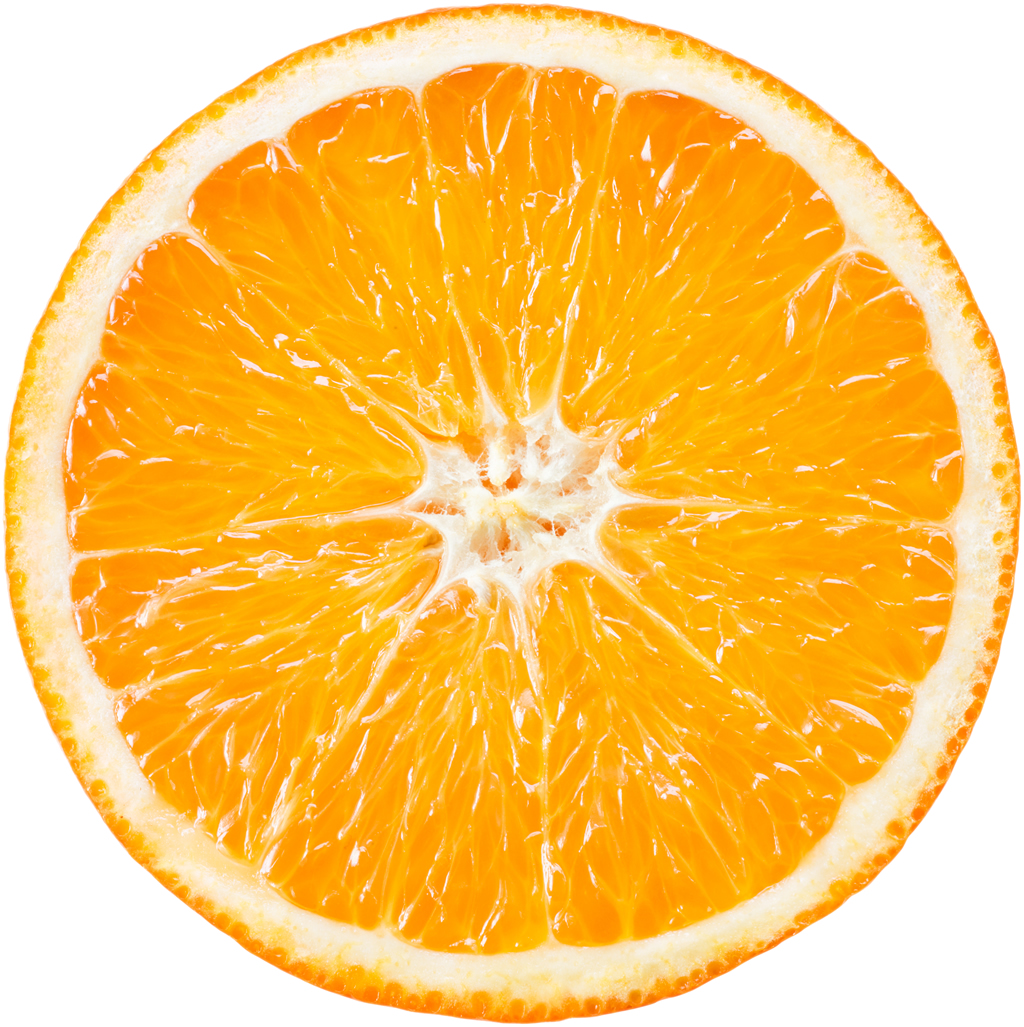pH is determined on a scale of 0–14 from acidic (pH 0–6), through neutral (pH 7), to alkaline (pH 8–14). It is a measure of the activity of hydrogen ions and the pH in your mouth is usually around neutral
Your enamel is mostly made of crystals of a mineral called hydroxyapatite. These crystals can dissolve if surrounded by acid of a pH lower than 5.5, meaning that if your teeth are in contact with acid for too long, the top layer could disappear, like salt crystals in water; this is known as ‘demineralisation’.
However, the ‘ingredients’ to make up enamel are also in your saliva and the soft, removable layer next to the teeth (called the ‘pellicle’) so your teeth are constantly being rebuilt; this is known as ‘remineralisation’.
The key to overcoming acid erosion is to make sure your teeth are not exposed to a highly acidic environment for too long.
The pH of a variety of drinks shows how acidic they are
- Wine (red or white): pH 3.4–3.7
- Grapefruit, apple or orange juice: pH 3.0–3.7
- Cola: pH 2.2–2.6

Enamel becomes 10 times more soluble for every step down in pH, so at a pH of 3, it is 40 times more soluble than at the usual pH in your mouth of around 7
However, it is not just how acidic a food or drink is that can influence how much it can dissolve enamel, but also other factors including:
- Frequent snacking on acidic foods and drinks between meals is probably the most important risk factor for erosive tooth wear. There needs to be a few hours when the pH in your mouth is above 5.5 for the damage done to your tooth to be repaired, frequent snacking means the pH can be below this level for long periods of time as it needs a while to get from an acidic pH to a more neutral one
- How much time acid is in the mouth - If you do eat or drink something acidic, don’t do so over a long period of time such as sipping a drink over half an hour or slowly eating a piece of acidic fruit
- Whether or not a drink is swished around the mouth or chewed for longer - More swishing/chewing equals greater exposure and more damage
- How sticky a food or drink is - The stickier a food or drink is, the longer it will stay near the teeth, the more damage it can do
- How much calcium and phosphate are present - These tooth-building ingredients can lessen the effect of acid. This is why yogurt, which has an acidic pH (around pH 4), is not considered to cause dental erosion as it also contains a lot of calcium and phosphate. Citric acid can bind to calcium in saliva so it’s not available to help re-make enamel
- How much food or drink is in the mouth compared to how much saliva is there - This is particularly important for people who do not produce much saliva due to a medical condition or a medication
Shellis RP, Featherstone JDB, Lussi A. Understanding the Chemistry of Dental Erosion. In: Lussi A, Ganss C (eds): Erosive Tooth Wear. Monogr Oral Sci. Basel, Karger, 2014, vol 25, pp 163–179. DOI: 10.1159/000359943.
Barbour ME, Lussi A. Erosion in Relation to Nutrition and the Environment. In: Lussi A, Ganss C (eds): Erosive Tooth Wear. Monogr Oral Sci. Basel, Karger, 2014, vol 25, pp 143–154. DOI: 10.1159/000359941.
Lussi A, Jaeggi T. Chemical Factors. In: Lussi A (ed) Dental Erosion. Mongr Oral Sci, Basel, Karger, 2006, pp 77–87.
Buzalaf MAR, Pessan JP, Honório HM, ten Cate JM. Mechanisms of Action of Fluoride for Caries Control Buzalaf MAR (ed): Fluoride and the Oral Environment. Monogr Oral Sci. Basel, Karger, 2011, vol 22, pp 97–114
